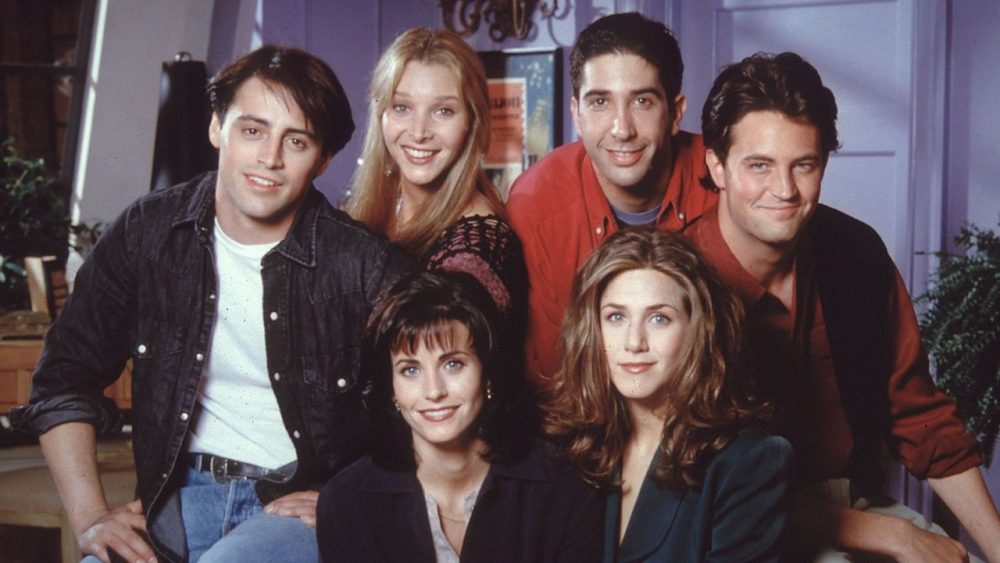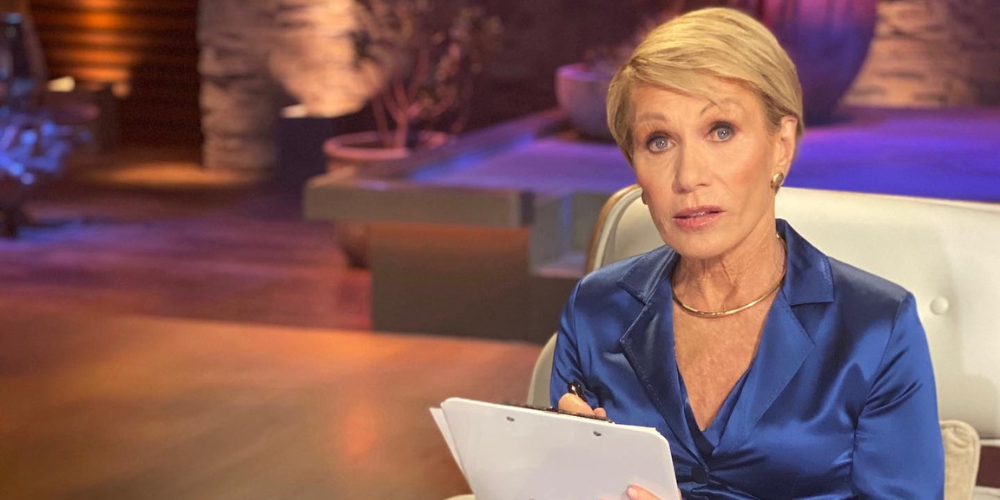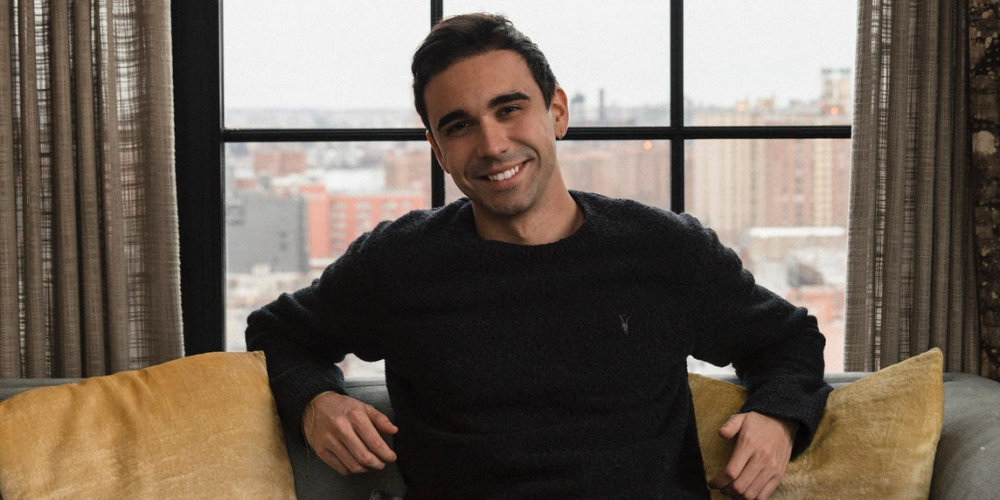It seems that we are back to primitive times, communicating via pictures, and not using our words to convey our thoughts and feelings. The modern hieroglyphics, the emojis, are an increasingly popular phenomenon without which our text messages and chats remain incomplete. Here are a few interesting facts about these cute, funny images, meant to convey more than a thousand words in a single keystroke:

RGY23/Pixabay. Emojis are said to be the modern Hieroglyphics.
Apple popularized the modern emoji:
Emoticons have been around for more than 23 years since they were first created by Japanese designer Shigetaka Kurita for the sole purpose of being used in text messages. But did you know that they didn’t take off immediately? It was tech company Apple that made emojis a popular and successful concept, a notion that was later accepted and adopted by the masses. Apple introduced an emoji keyboard in their then-latest Apple update, the iOS 6. People adopted them fairly quickly as most social networking sites saw a surge in the usage of emoticons. In 2017, a series of animated emojis were also introduced by Apple itself.

Edar/Pixabay. Twitter’s emoji tracker changes stats at the blink of an eye.
Twitter has an Emoji tracker:
Emoji Tracker is a tool that users utilize to see emoji consumption on the popular micro-blogging site Twitter in real-time. With the Emoji Tracker, you can view which emoji is being used, and how many times, at any given moment. The usage numbers next to each emoji are changing so rapidly that the Tracker even has a disclaimer warning users with sensitivity to blinking lights to view it at their own discretion.
Emoji Tattoos are a ‘thing’:
Popular basketball player Mike Scott has many emojis tattooed on his arms. Artist Miley Cyrus to has a sad cat emoji, on the inside of her lip and although fans are not sure if the tattoo is real, it sure is a bold style statement, completely in tune with pop culture. The emoji tattoos are not a trend yet in the masses though; just give it a few years!

Lidya Nada/Unsplash. People are now designing customized emojis to fit their online profiles.
People are designing customized emojis:
The masses are obsessed with emojis in other ways too; several apps have been designed to turn selfies into emojis such as the Emoji Me Face Maker app and the Emoji Me App. Google also has a feature to turn selfies into customized emojis through its Allo chat features.
Usage of emojis changes with seasons and occasions naturally. For instance, the most commonly used emoji in October is the skull emoji for Halloween, while a Christmas Tree emoji reigns supreme during the month of December. Curiously enough, however, no one has quite figured out the reason behind November’s most used emoji: the ‘100’ sign.













